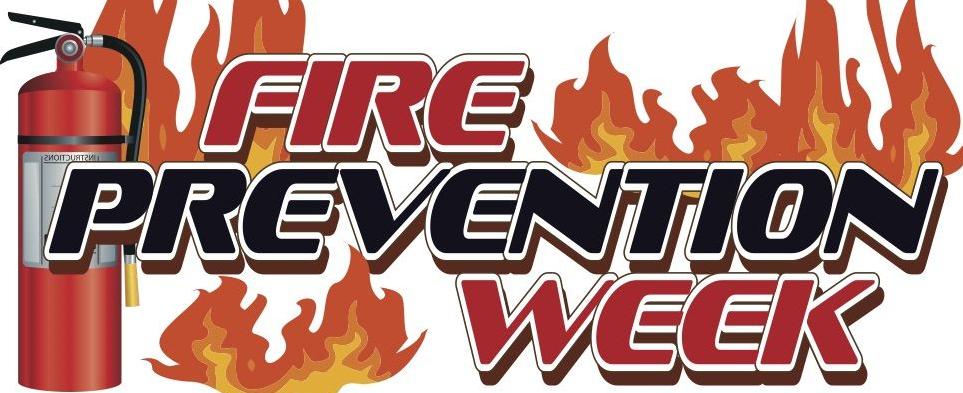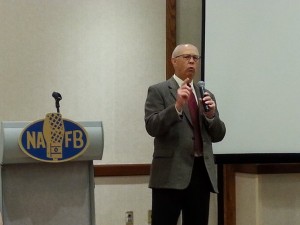Fire prevention is a perfect topic that should be top of mind as the winter gets ever closer. We’re all gonna spend more time inside soon. Accidents happen. Are you ready? Here’s a video to warm you up.. it’s only 92 seconds. Take a look.
Ever thought about what would happen if a fire broke out in your home? The recent National Fire Prevention Week means it’s a perfect time to consider the options, such as how to get out of each room in your house if a fire starts? This year’s theme for National Fire Prevention Week is “Not Every Hero Wears A Cape. Plan and Practice Your Escape.”

you that winter is coming. We all spend much more time indoors. That’s when accidents can happen. Are you ready? You don’t get a second chance when a fire breaks out. (Photo from starlocalmedia.com)
“National Fire Prevention Week is a perfect time to remind people to think about fire safety, especially as we get closer to winter,” said Rushford Volunteer Fire Department Chief Chad Rasmussen. “Let’s do things like check the smoke alarms, make sure our furnaces are clean, and anything else that would make our homes a little safer.
“People are using their furnaces more in the wintertime, they’re using their wood stoves, and too much snow can block dryer vents,” he added. “There’s a lot of things to keep in mind when people are ‘boxed in’ more during the winter.”
Other preventative steps include keeping chimneys swept and moving snow away from gas meters. Keep space heaters away from things like curtains or blankets that could easily catch fire if the heater happens to tip over accidentally.
Rasmussen said people tend to downplay their chances of having a fire break out in their house. “They really do think it’s never going to happen to them,” he said. “If you aren’t prepared for it, the worst things usually happen. People lose their lives. You could be out of your home. The way we’re building our homes these days makes them burn a lot quicker than they did in the past.”
He said the best way to prepare for a possible fire is to practice an escape plan. People tend to think escape plans are for families with children but that’s not the case. Even someone who lives alone needs an escape plan to get out of their house safely.
“You could be downstairs doing something and a fire breaks out upstairs from a space heater that tipped over,” Rasmussen said. “You need to know how to get out of there as soon as possible. Have a practice fire drill every month or two with everyone in the house. People tend to panic when a fire starts. Make sure what you have to do to escape is drilled into everyone in the house.”
It’s important to have a meeting place picked out that everyone knows ahead of time so you can account for those people in the house. That way, when the fire department does get there, they’ll know right away if they need to check for someone in the house.
The National Fire Protection Association points out that in a fire, people may have as little as one to two minutes to escape safely after the smoke alarm sounds. Escape planning and practice can help make the most of the time you have to get out safely.
“Fire doesn’t care who you are, it’s going to take from you,” Rasmussen said. “It doesn’t matter if you’re male or female, an adult or child, it will take everything from you. Be prepared.”










